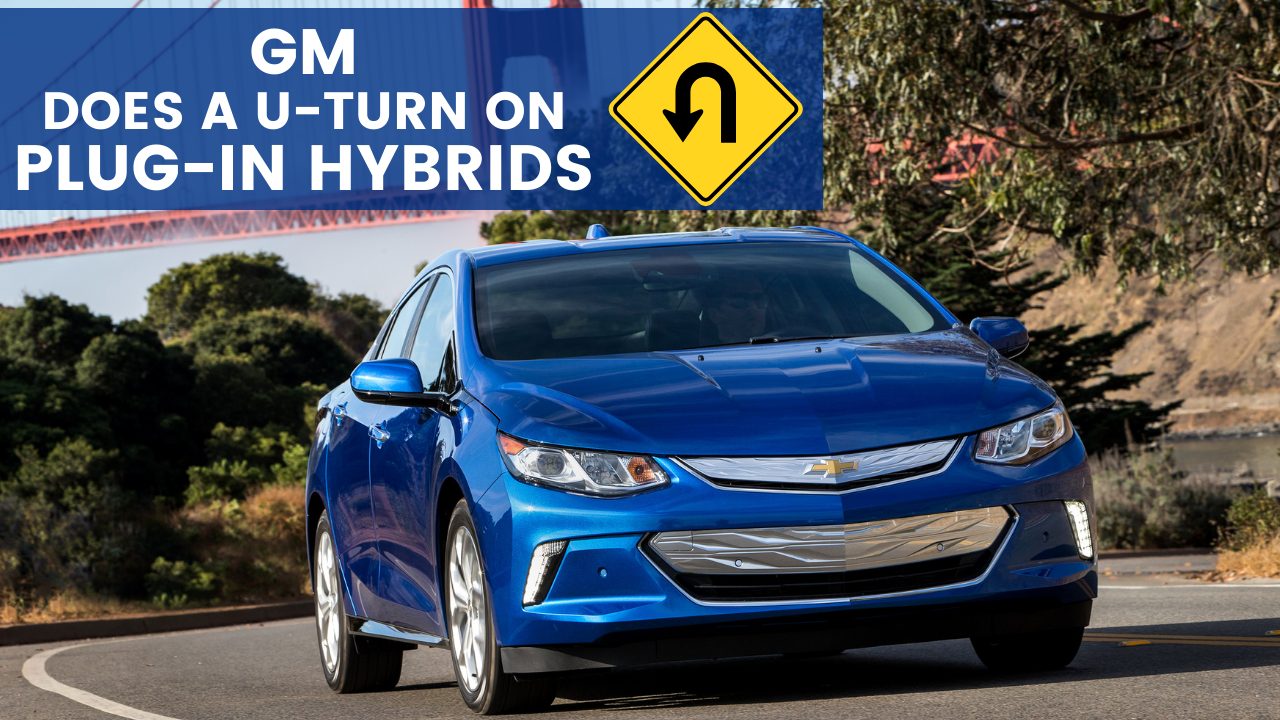American automaker, General Motors (GM), has announced a significant shift in its product lineup strategy. Previously focused solely on developing all-electric vehicles (EVs), GM is now revising its lineup to include plug-in hybrid electric vehicles (PHEVs). This strategic change reflects GM’s adjustment to the evolving automotive market and its ongoing commitment to environmental goals.
In recent years, GM has faced challenges with its electric vehicle (EV) sales, prompting a reevaluation of its strategy. The introduction of PHEVs is seen as a way to balance the company’s commitment to reducing emissions with the current market dynamics and regulatory requirements.
PHEVs, which combine traditional internal combustion engines with electric battery technology, offer both reduced emissions and extended range. They serve as a transitional technology between conventional vehicles and fully electric models. This move by GM reflects a broader industry trend of automakers exploring hybrid technologies to meet consumer demands and comply with increasingly stringent environmental regulations.
GM’s history with PHEVs includes the popular Chevrolet Volt, which was sold from 2010 to 2019. The addition of PHEVs represents a more practical approach by the automaker to navigate current market challenges and technological limitations, while still striving towards reducing overall vehicle emissions. GM remains committed to eliminating tailpipe emissions from its light-duty vehicles by 2035, but in the interim, the deployment of plug-in technology in strategic segments is seen as a necessary step.
The decision to reintegrate PHEVs also aligns with GM’s global operations, where the company has successfully adopted plug-in hybrid technology in markets such as China. This move is expected to offer consumers more choices and facilitate a more gradual transition to a fully electric future.
With GM’s decision to include plug-in hybrid electric vehicles (PHEVs) alongside their EVs and internal combustion engine vehicles, important considerations emerge regarding the automotive industry’s direction. Auto manufacturers must determine how to balance technological advancement with increasing expectations and requirements for environmental responsibility, and the best pathways to achieving sustainable transportation.






